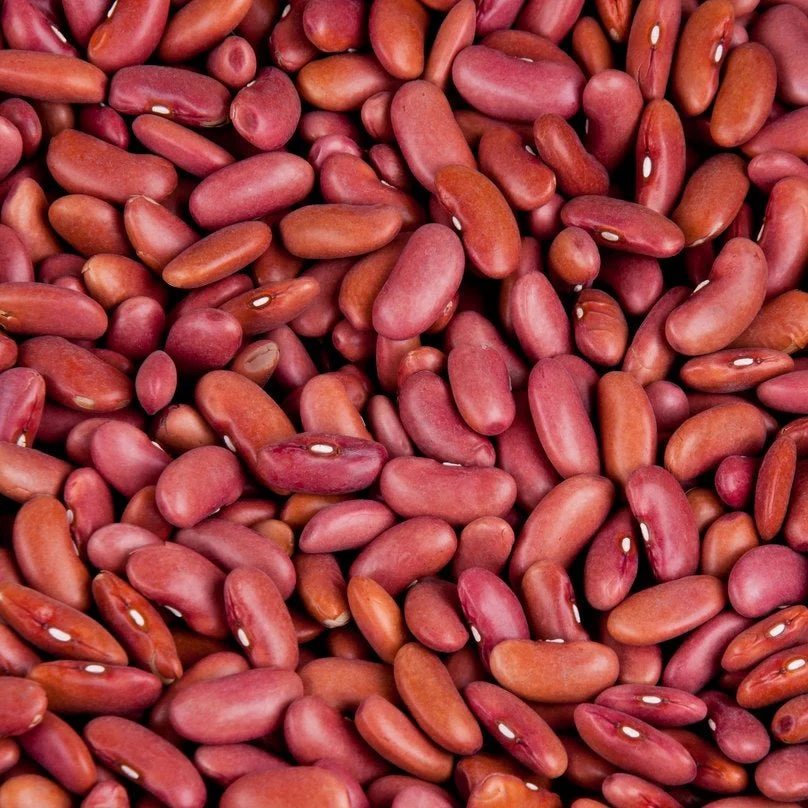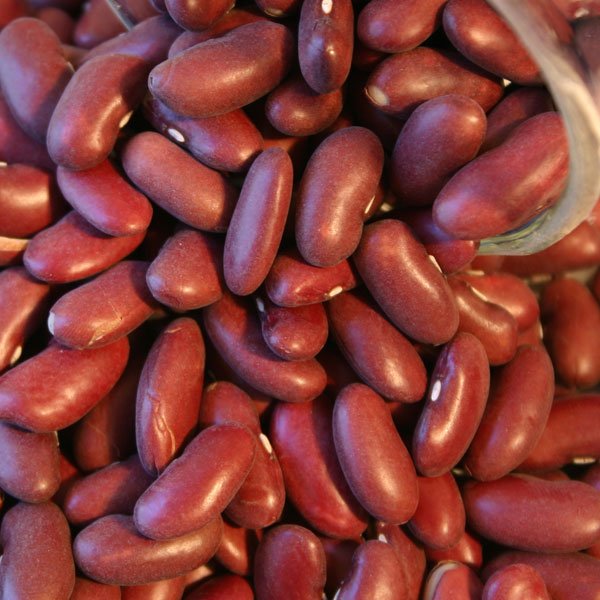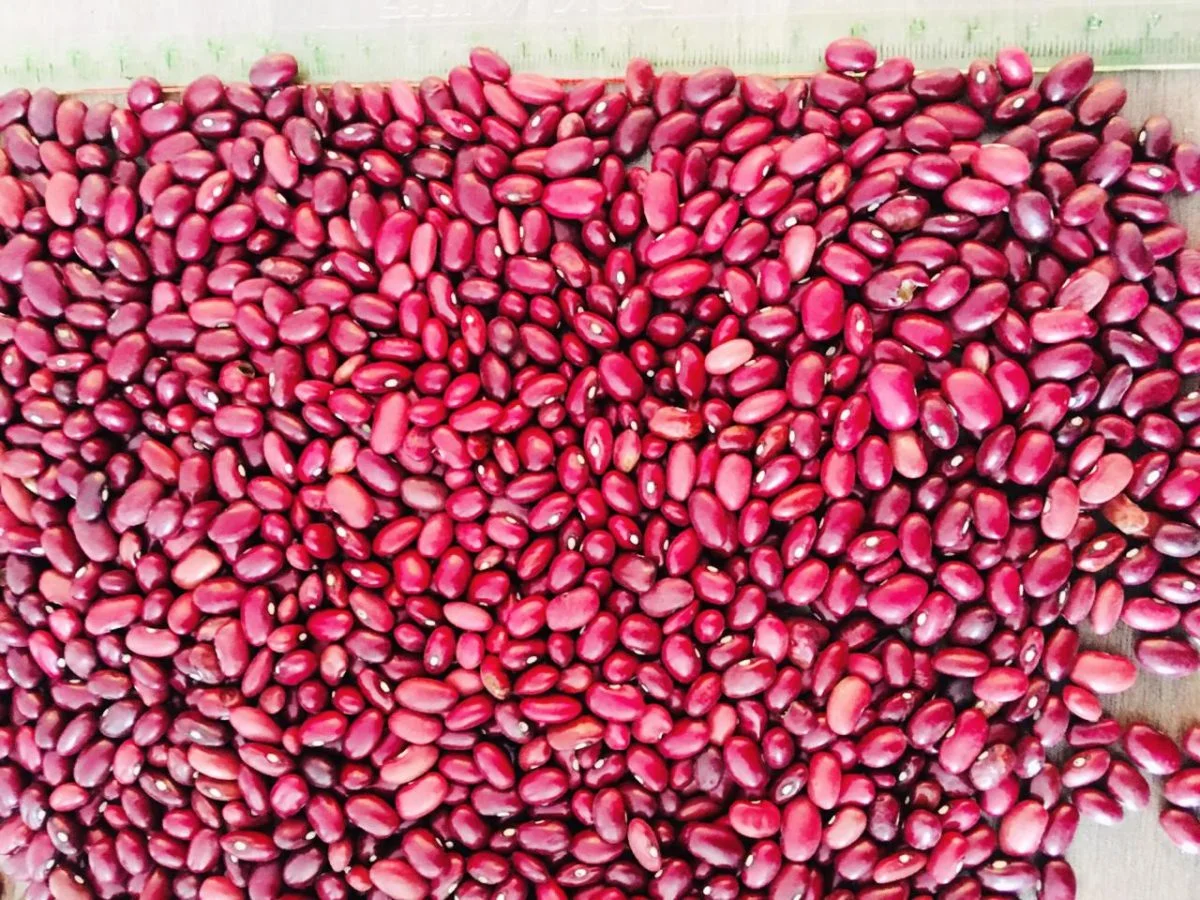Understanding Quality in Red Beans
When it comes to choosing quality red beans, several critical factors must be considered to ensure you are getting the best product. The size of the beans is a primary indicator of quality; uniformly large beans often signify a meticulous selection process, which can impact both the cooking time and the overall texture of the beans. Equally important is the color; high-quality red beans should possess a deep, vibrant red hue, indicating freshness and optimal nutritional content.
The texture of red beans also plays a significant role in determining their quality. Premium beans are typically smooth and firm to the touch, free from any cracks or wrinkling, which can be signs of age or poor storage conditions. The taste, although often nuanced, should be rich and hearty, with a slightly nutty undertone that enhances the flavor profile of various dishes.
Another essential factor is the source of the beans. Sourcing red beans from reputable suppliers ensures that the beans have been carefully grown, harvested, and processed. Reputable suppliers often adhere to stringent quality control measures that guarantee the beans’ purity and nutritional value. Within this context, the debate between organic and non-organic beans emerges. Organic red beans, grown without the use of synthetic pesticides or fertilizers, are often preferred for their perceived health benefits and environmental sustainability.
Proper storage is vital in maintaining the quality of red beans. Beans should be kept in a cool, dry place, ideally in airtight containers to prevent moisture and pests from compromising their quality. This practice not only preserves the beans’ nutritional benefits but also extends their shelf life, ensuring that you get the most out of your purchase.
Speaking of nutrition, red beans are a powerhouse of essential nutrients, including protein, fiber, iron, and various vitamins. High-quality beans retain these nutrients more effectively, providing greater health benefits. Therefore, investing in quality red beans is not just about taste and texture but also about maximizing their nutritional value.
By understanding these factors, you can make informed decisions when selecting red beans, ensuring that you choose the best possible product for your culinary and nutritional needs.
When it comes to sourcing the finest quality red beans, several options are available to suit varying preferences and needs. Local farmers’ markets are an excellent starting point. These markets often feature farm-to-table produce, allowing consumers to directly interact with the growers. This face-to-face interaction provides an opportunity to inquire about farming practices, ensuring that the red beans are grown organically and sustainably.
Organic grocery stores are another reliable source for high-quality red beans. Stores such as Whole Foods and Trader Joe’s offer a wide selection of organic red beans. These stores typically maintain rigorous quality control standards, ensuring that the beans are free from pesticides and genetically modified organisms (GMOs). Additionally, many organic grocery stores offer products from reputable brands like Bob’s Red Mill and Eden Foods, which are known for their commitment to quality and sustainability.
For those who prefer the convenience of online shopping, various e-commerce platforms provide access to premium red beans. Websites like Amazon and Thrive Market offer a vast selection of red beans, often accompanied by detailed product descriptions and customer reviews. Reading these reviews can provide valuable insights into the quality and taste of the beans. Furthermore, look for certifications such as USDA Organic or Non-GMO Project Verified, which can serve as indicators of superior quality.
When purchasing red beans, it is essential to verify the credibility of the suppliers. Certifications from recognized organizations such as the USDA or the Non-GMO Project can provide assurance of the product’s quality. Additionally, checking customer reviews and ratings can offer a glimpse into other consumers’ experiences with the product.
Considering cost and quantity, buying in bulk can be a cost-effective option, especially for those who frequently use red beans. However, it is crucial to store them properly to maintain their quality. Store red beans in a cool, dry place, preferably in airtight containers to prevent moisture and pests from compromising their integrity.
By exploring these purchasing options and following these guidelines, you can confidently source and buy the best red beans available, ensuring a high-quality addition to your culinary repertoire.







Reviews
There are no reviews yet.